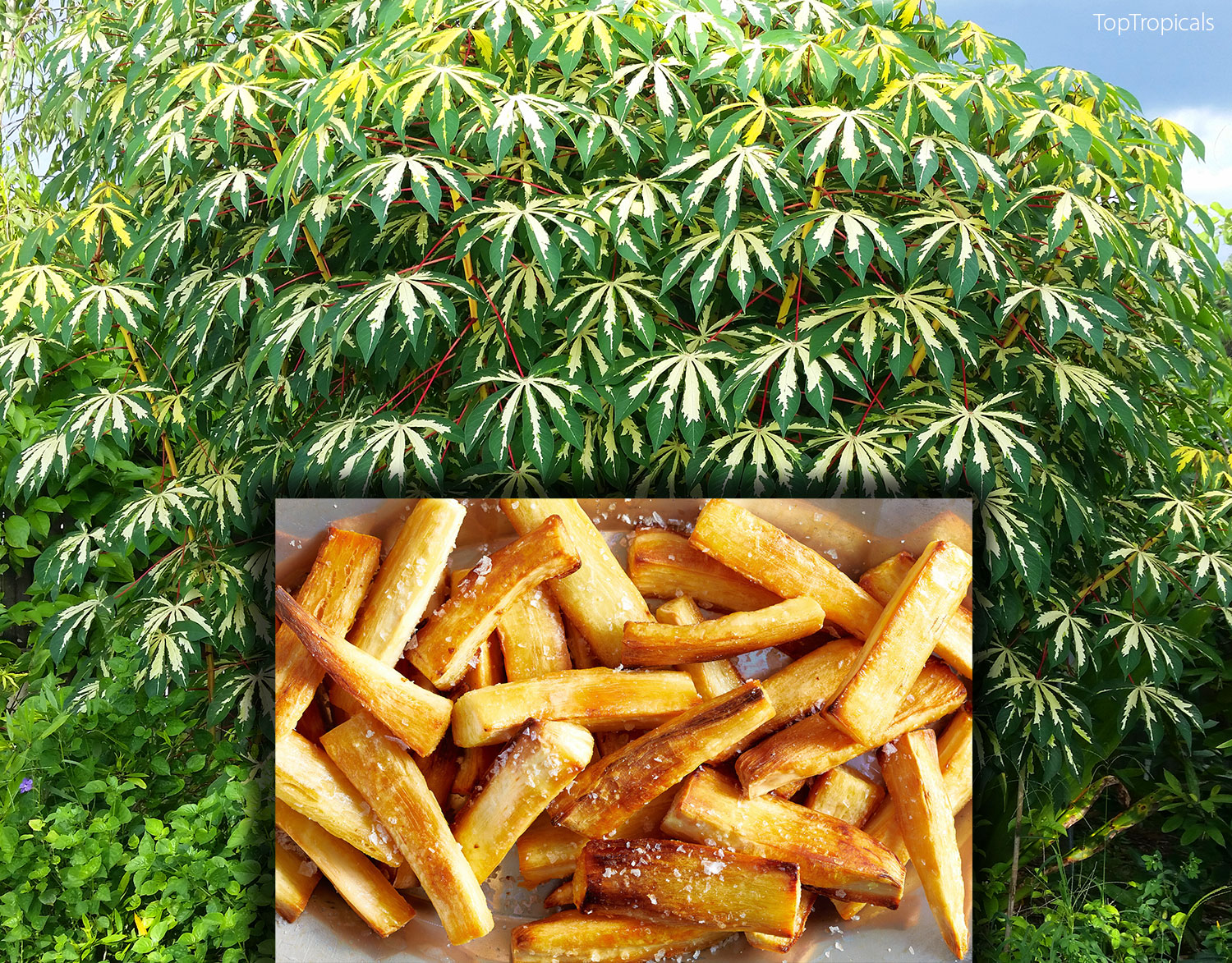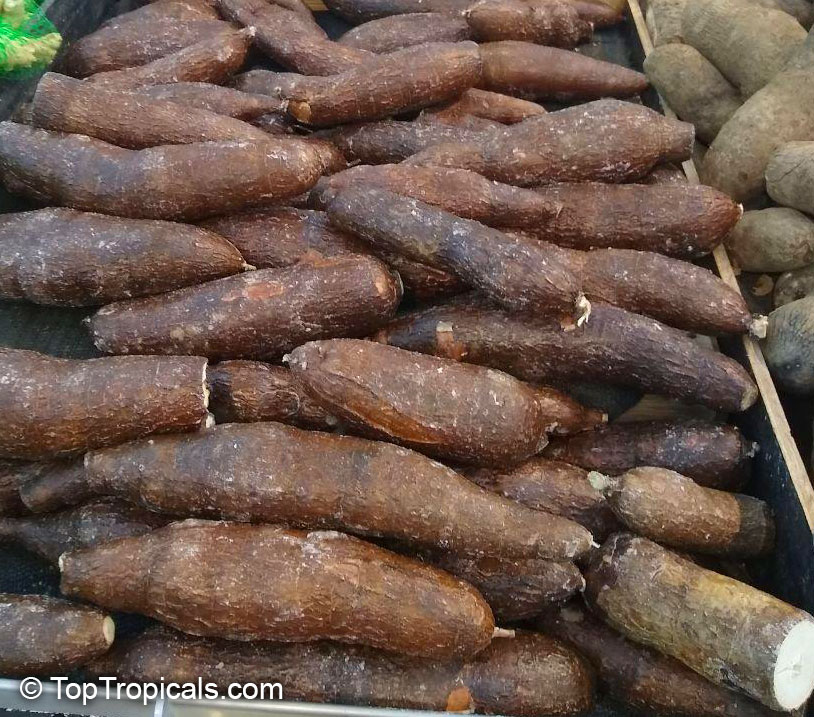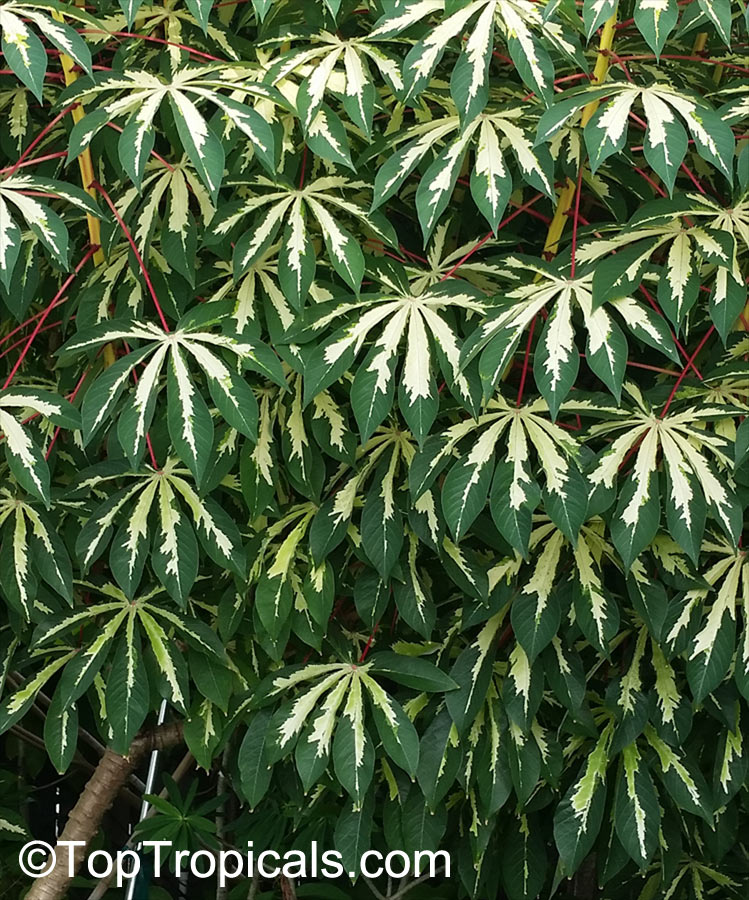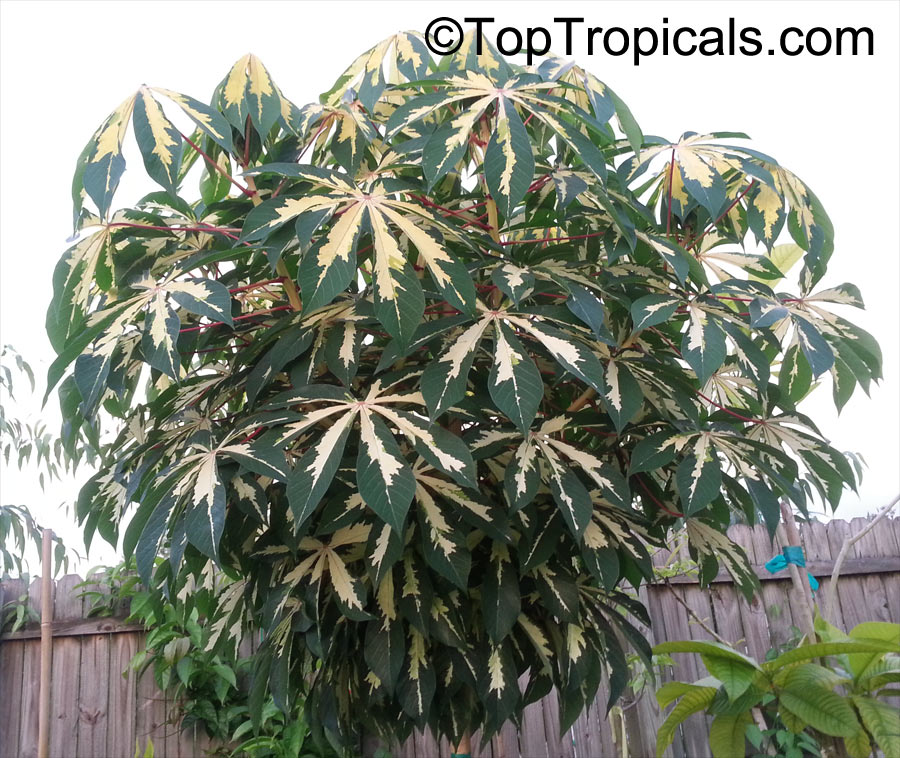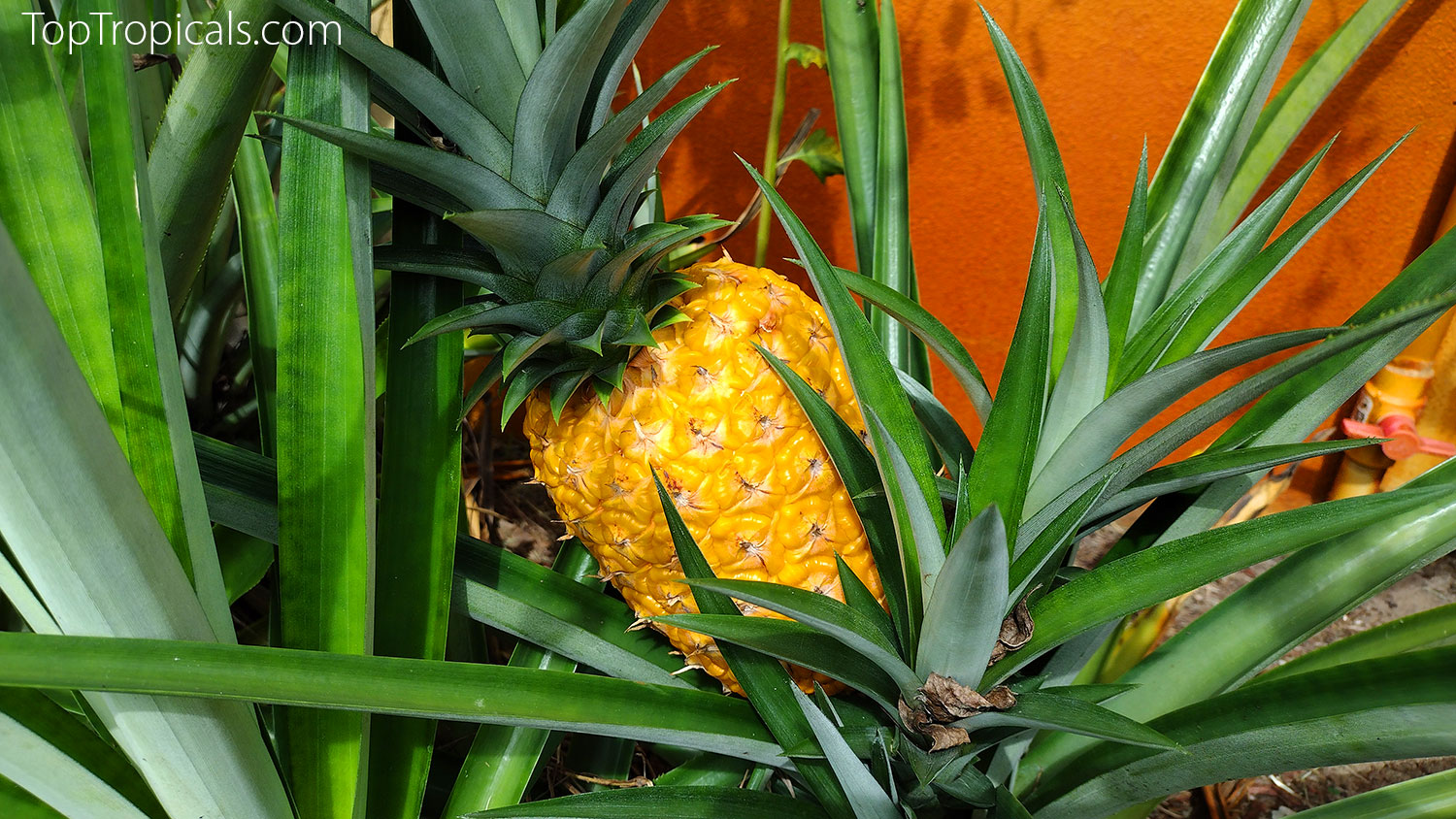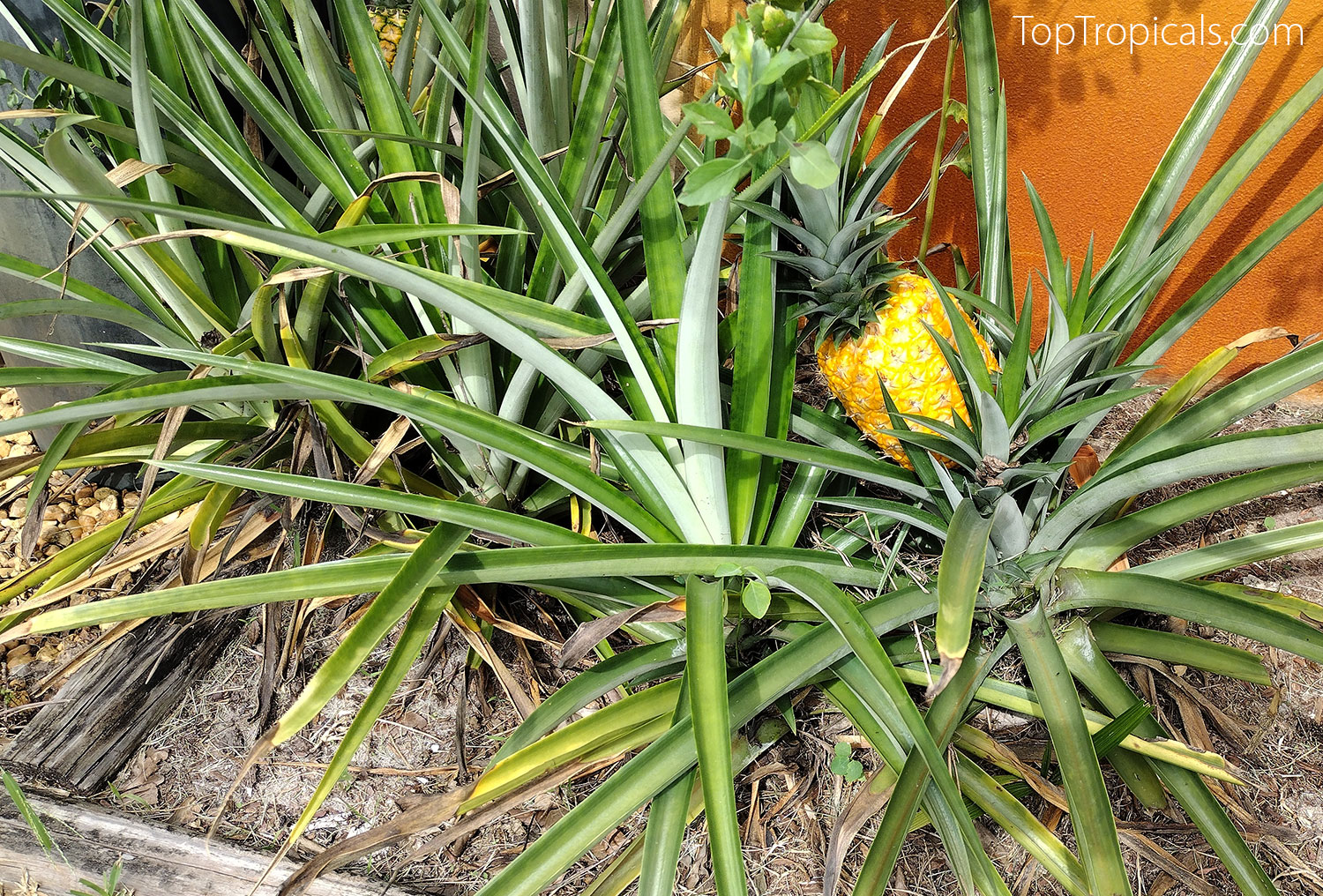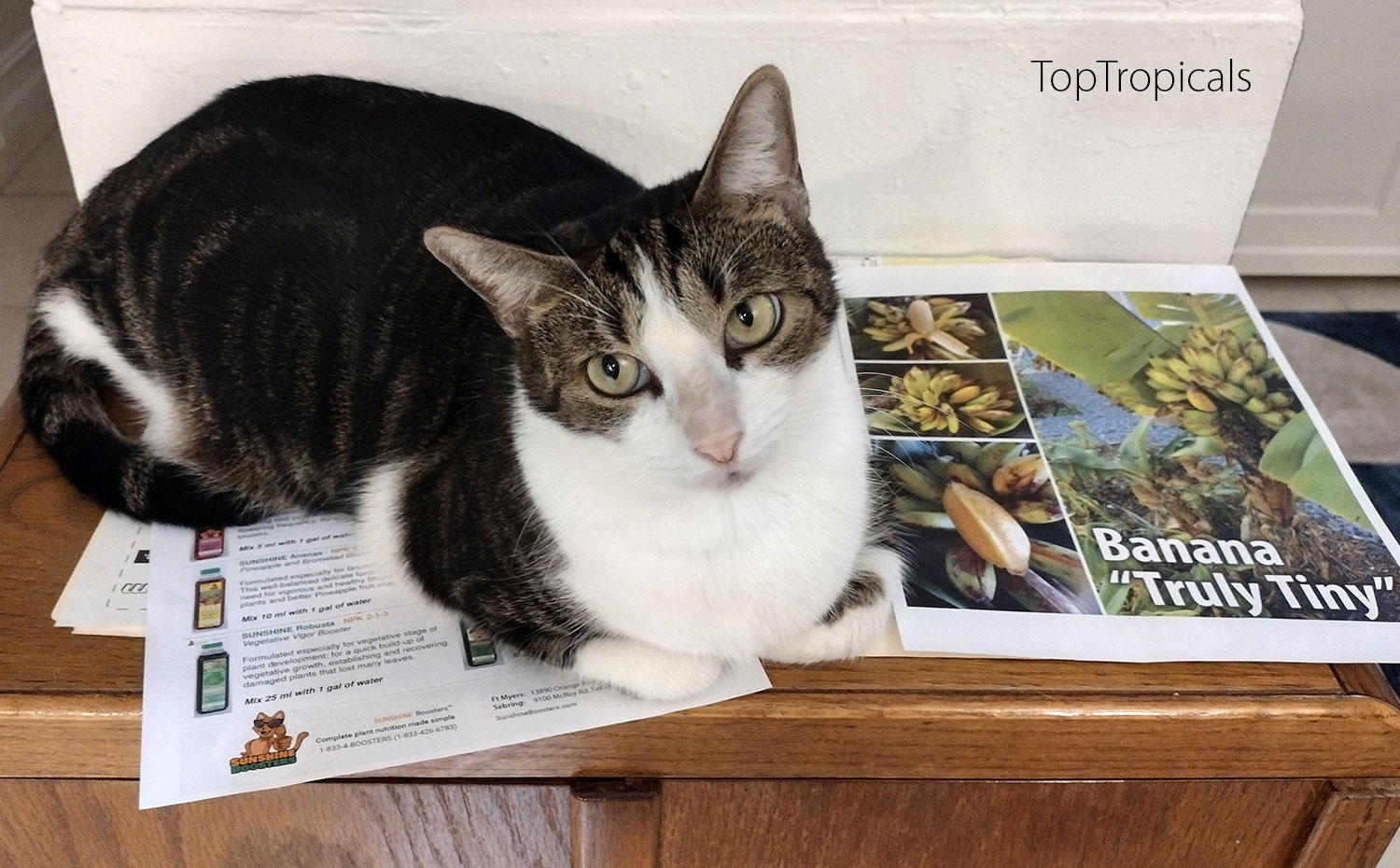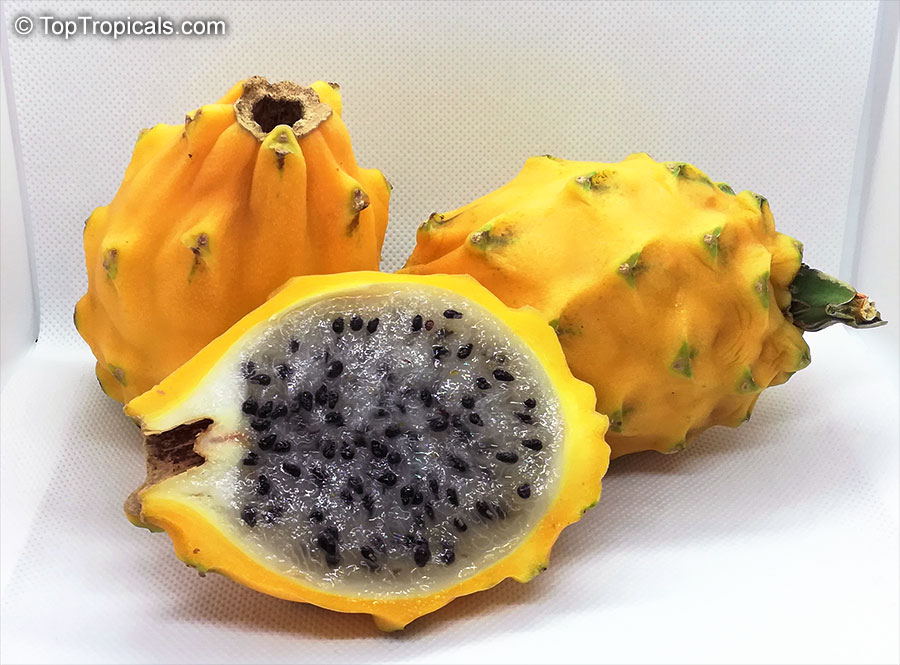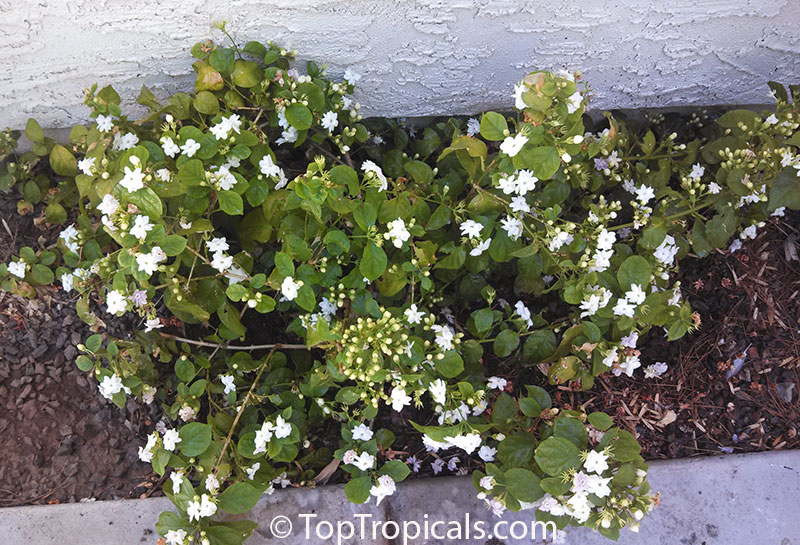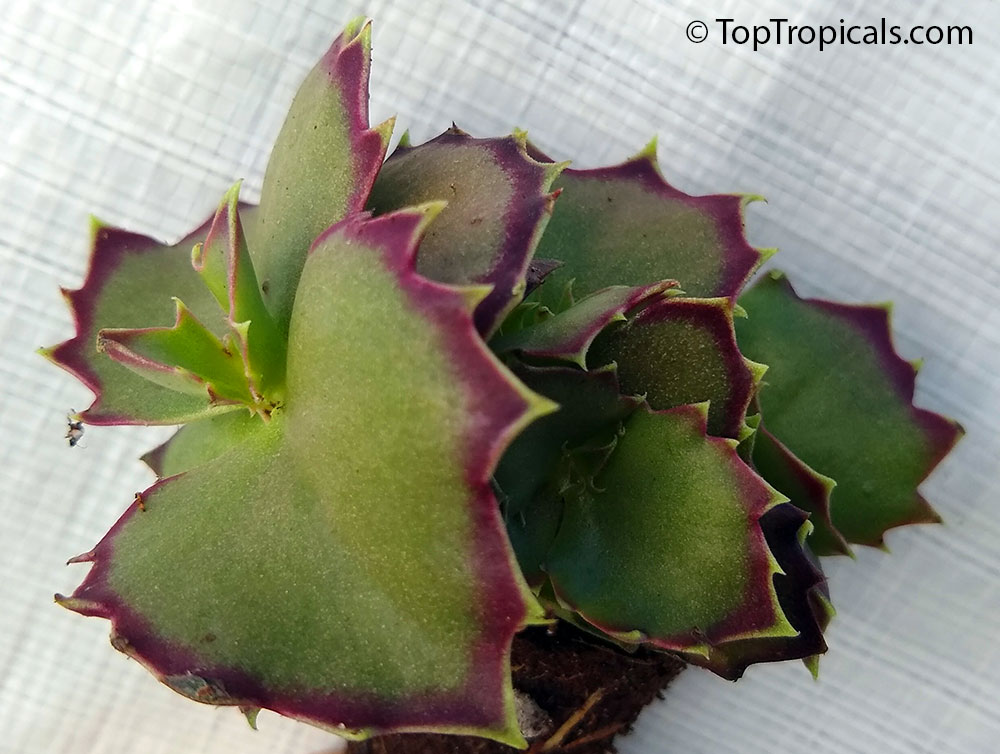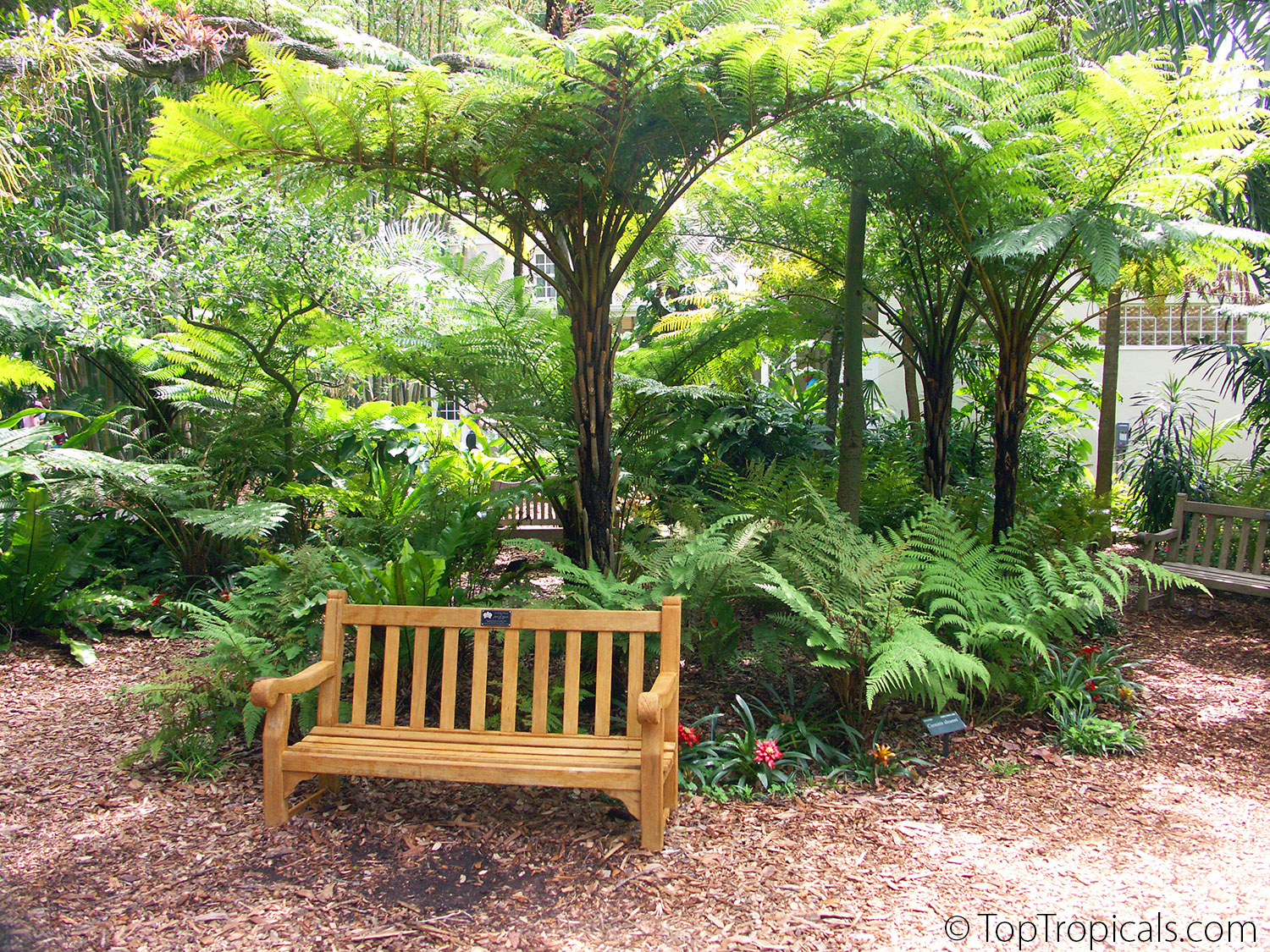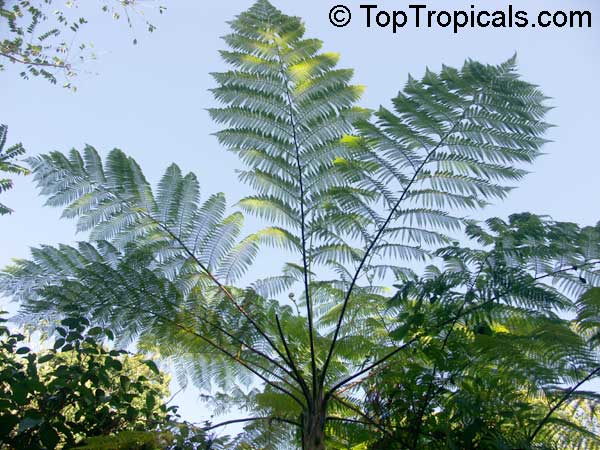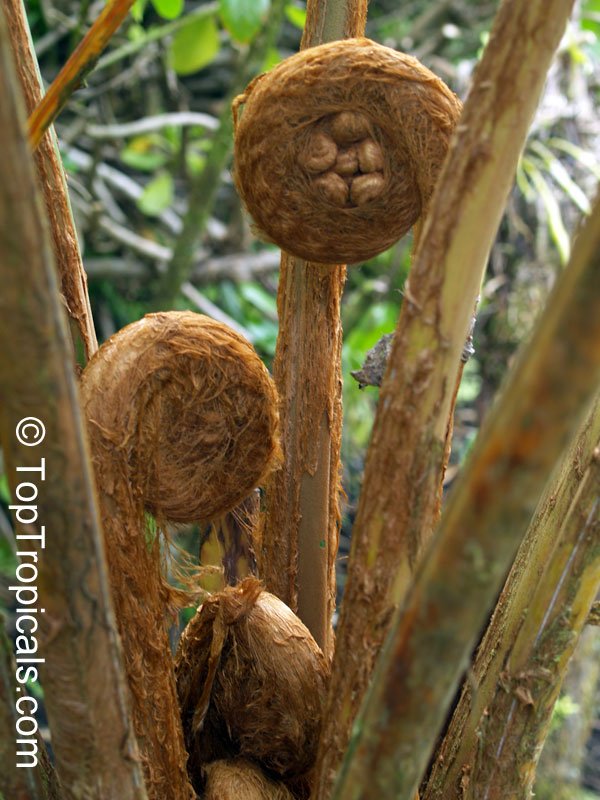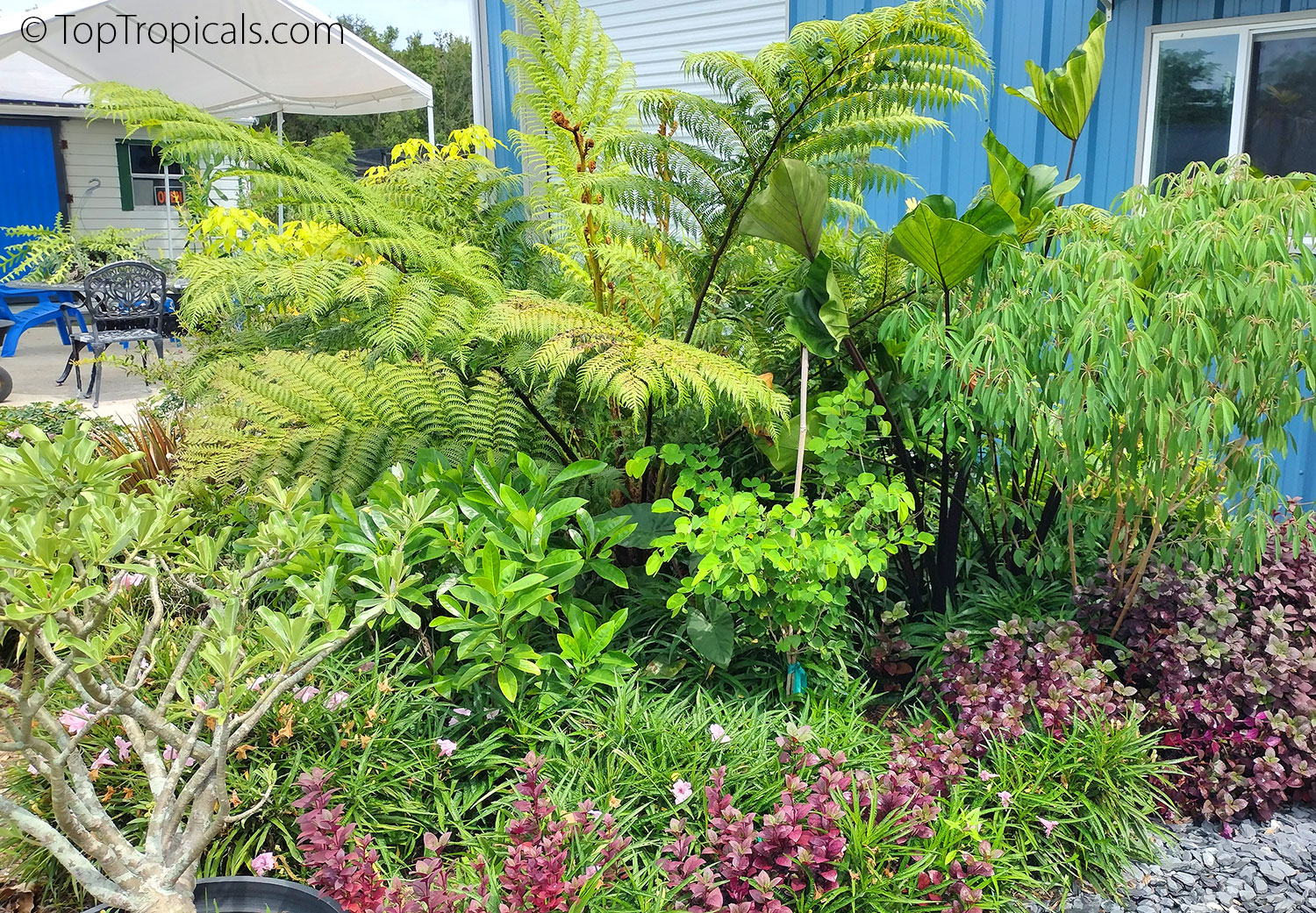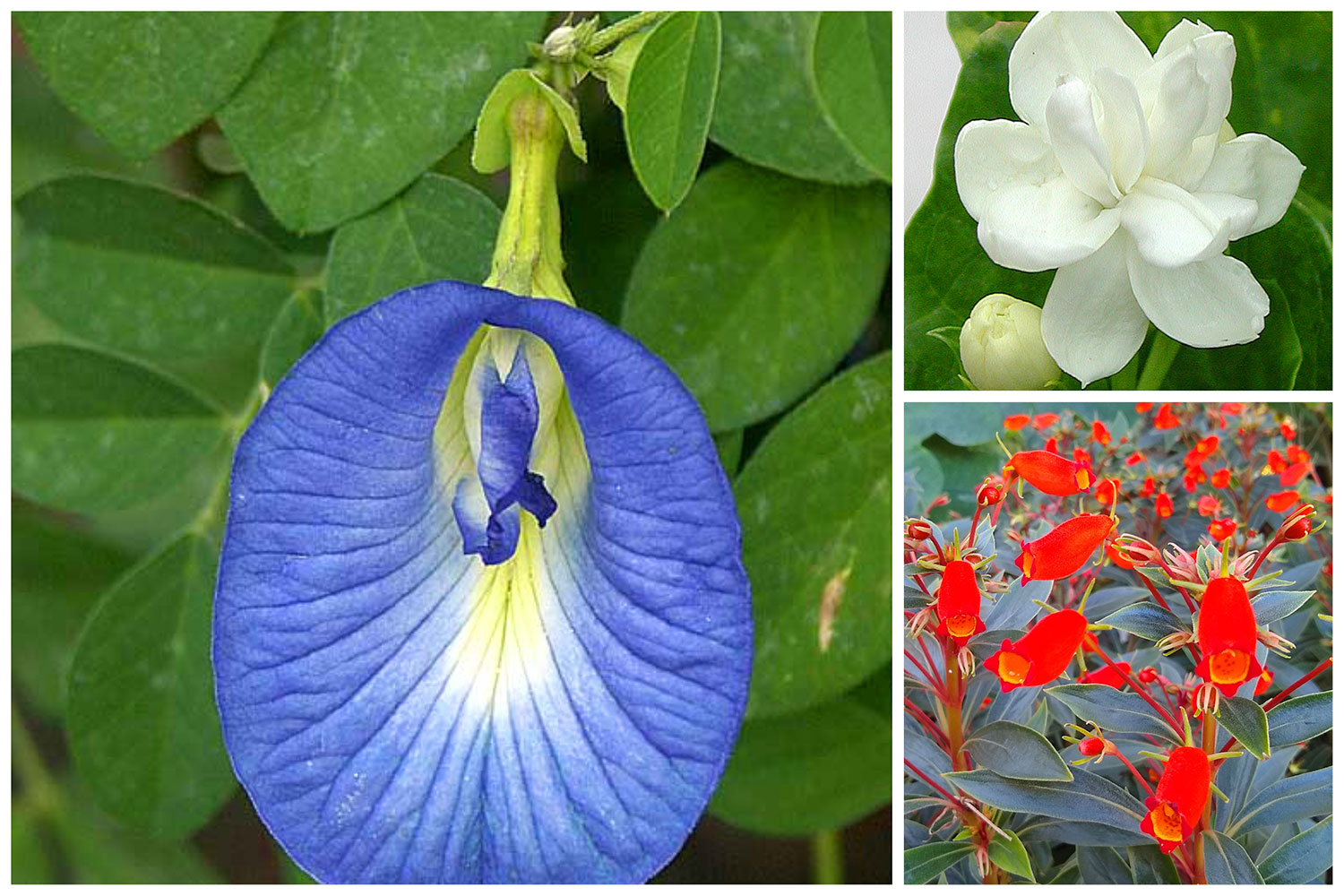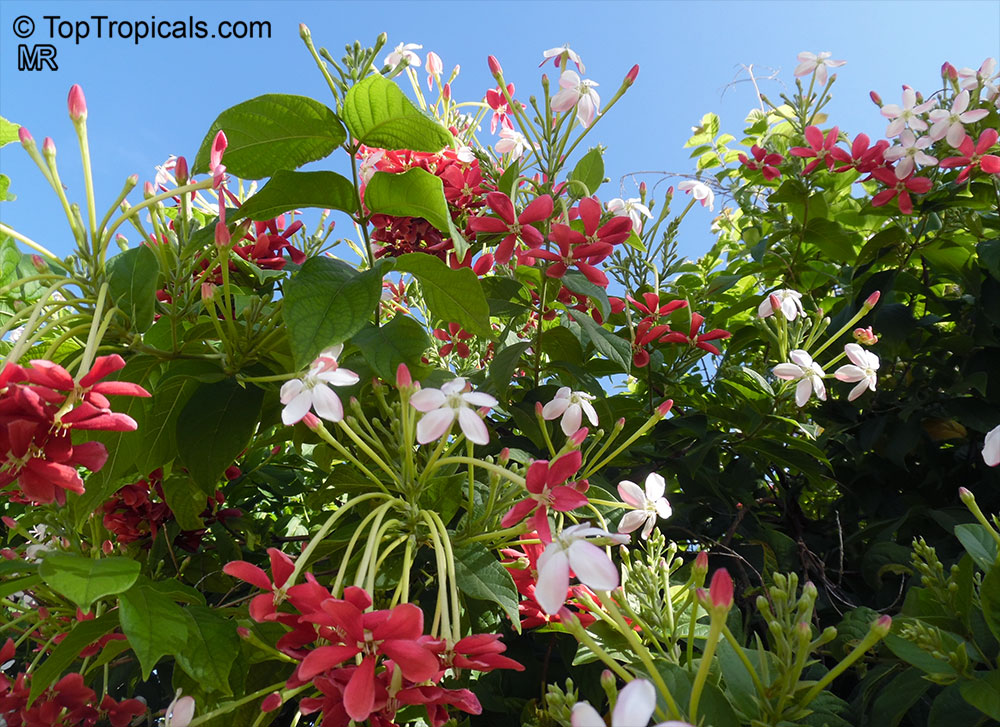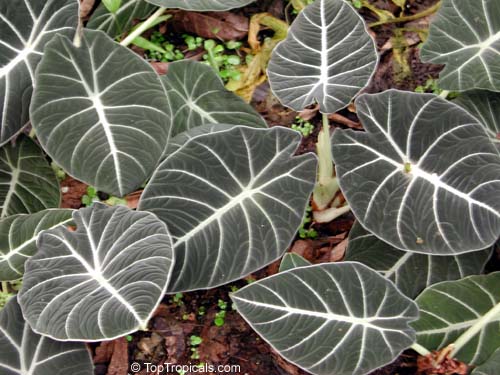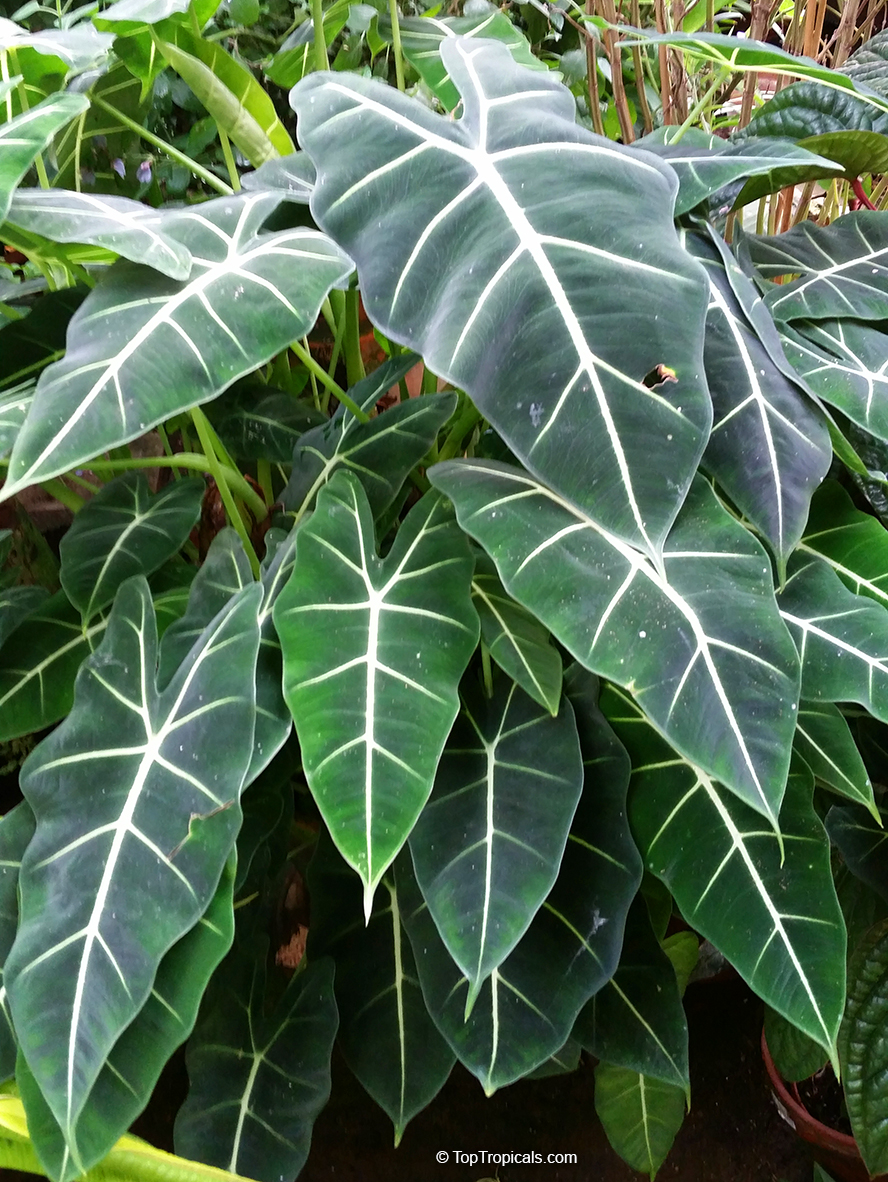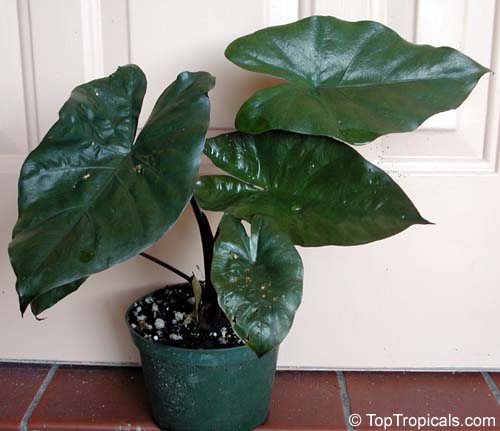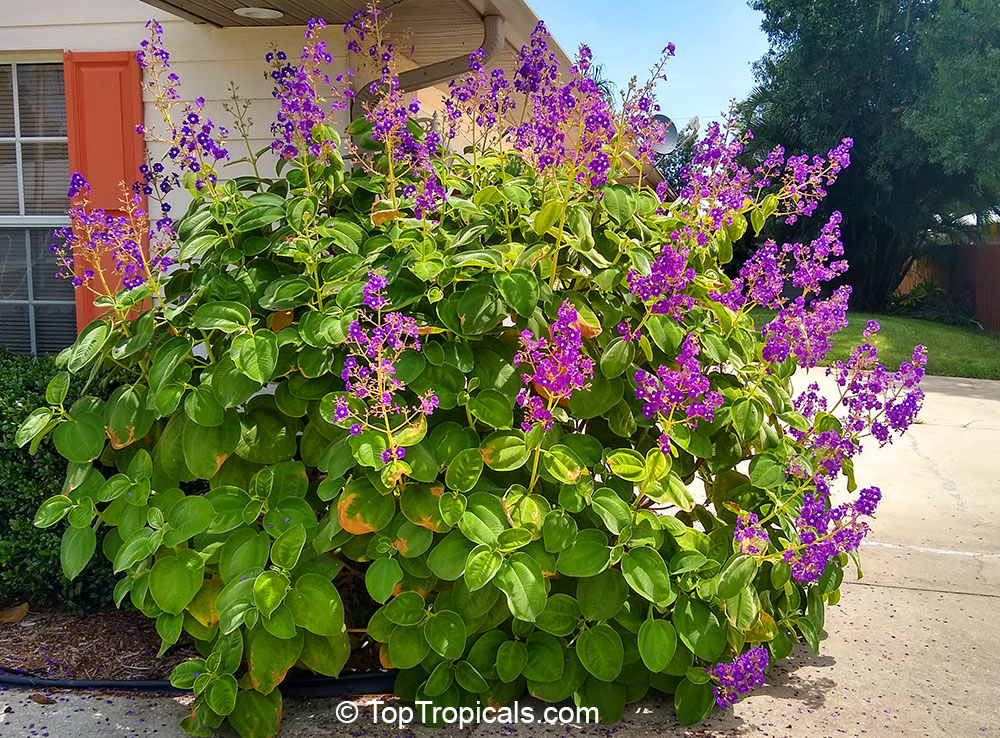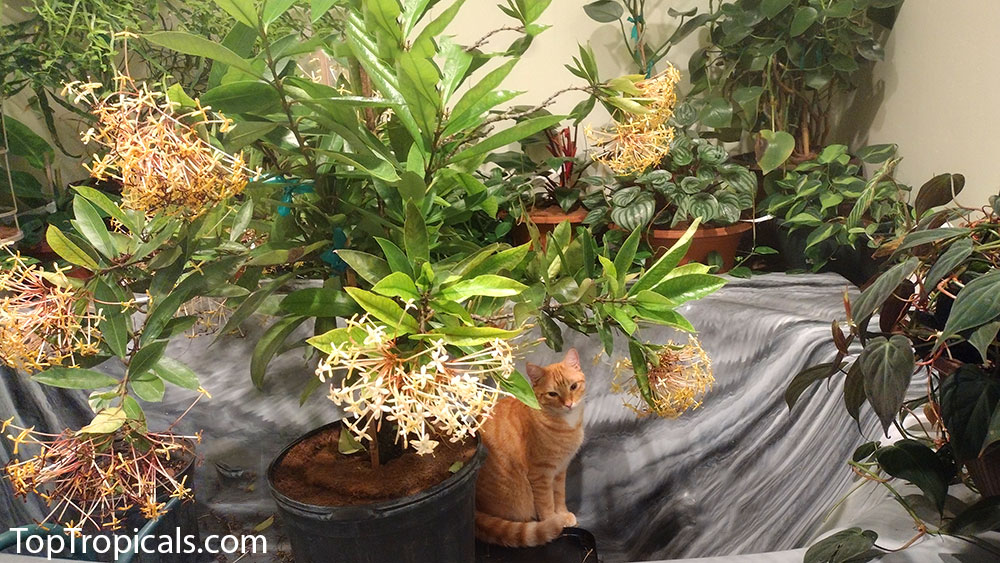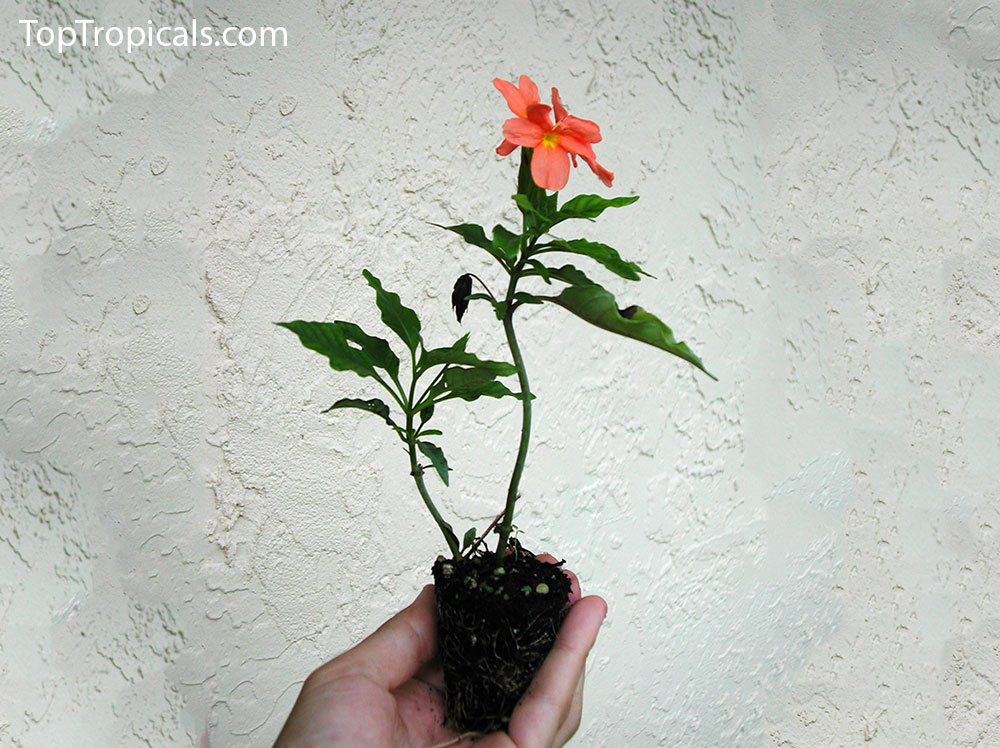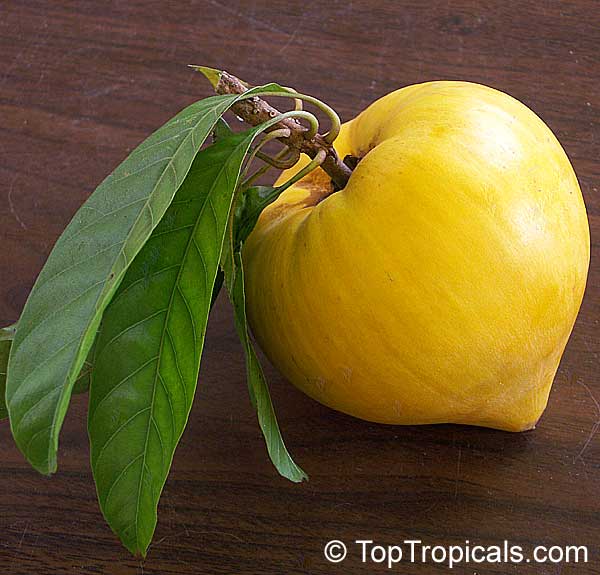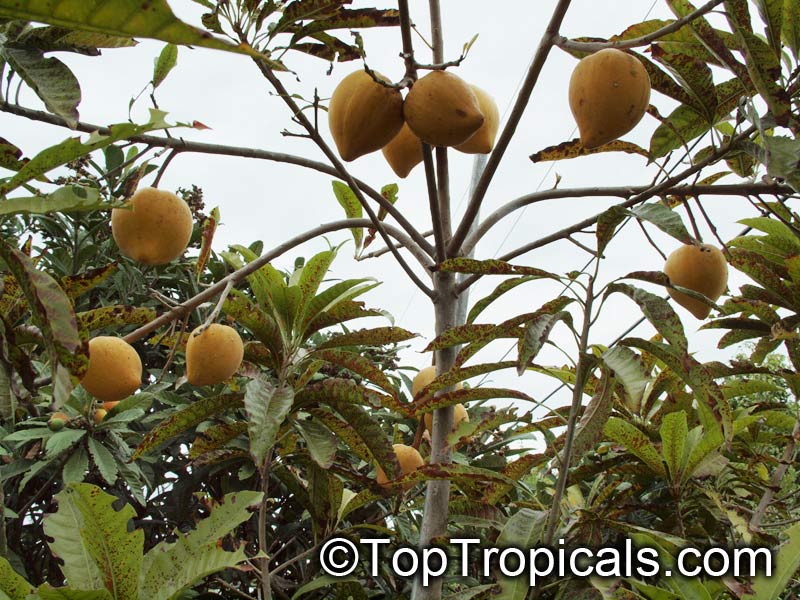Date:
Yuca Fries Recipe
Food from your garden
Ingredients:
1 medium-sized Yuca Root
2 tablespoons olive oil
Salt, to taste
Optional: spices or herbs of your choice (paprika, garlic powder, cayenne
pepper, etc.)
Instructions:
Prep the Yuca: Peel the Yuca root with a sharp knife and remove any fibrous parts. Cut the Yuca into evenly sized sticks or fries.
Boil the Yuca: Bring a pot of salted water to a boil and add the Yuca fries. Cook for about 10-15 minutes until the fries become tender but not mushy. You should be able to pierce them easily with a fork.
Drain and Cool: Drain the boiled Yuca fries and let them cool for a few minutes. Preheat your oven to 425F during this time.
Seasoning: Toss the slightly cooled Yuca fries in olive oil, ensuring they are evenly coated. Add a pinch of salt and any additional spices or herbs you prefer for added flavor.
Baking: Arrange the seasoned Yuca fries in a single layer on a baking sheet lined with parchment paper or aluminum foil.
Bake: Place the baking sheet in the preheated oven and bake the Yuca fries for about 25-30 minutes, flipping them halfway through to ensure even browning.
Serve: Once they turn golden and crispy on the outside, take the Yuca fries out of the oven. Serve them hot as a delicious and unique alternative to regular fries. You can enjoy them as a side dish with your favorite dipping sauce or as a snack on their own.
These Yuca fries are not only tasty but also a great way to introduce friends and family to this delightful tropical root vegetable! Enjoy your yuca-culinary adventure!
